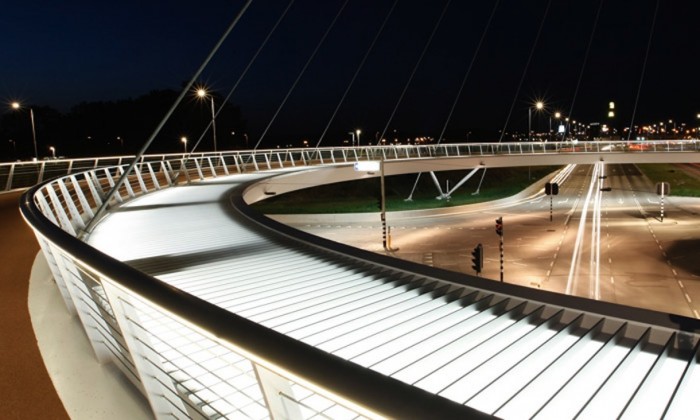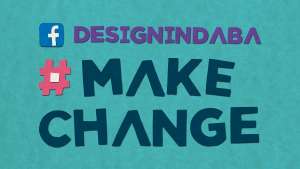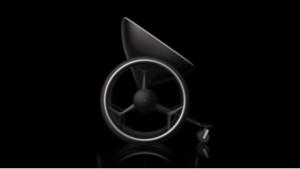From the Series

The Dutch government has in recent times looked to design as a partner in its struggle to deliver new services and to deal with complex problems that don’t fit into its organisational models. Political organisations and government agencies have asked designers to expand their traditional roles and help out with complex processes of re-structuring.
This is nowhere more apparent than in the transformation of the city of Eindhoven from a post-industrial town full of empty warehouses and factories to a thriving economic region and creative hub. As the headquarters of Philips, the city was once an important innovation centre before the technology giant moved to Amsterdam. It has regained this mantle in the past decade thanks in part to the city’s Triple Helix model, which forms a collaborative network among local government, regional business and “knowledge institutes”, public-private partnerships that conduct research in specialised areas.
Rob van Gijzel, mayor of the city of Eindhoven, is a strong advocator of the Triple Helix model. He is ambitious when it comes to city development, but he is also a frontrunner in political renewal processes.
400-year-old political structures
Van Gijzel is convinced that policy makers have to find new ways to deal with current public-collective partnerships. We have seen all over the world that citizens have become more engaged in designing their own local environments and finding ways to shape their surroundings themselves – for instance through community gardens, local energy via solar cells or social work projects.
This so-called “do-democracy” is thriving in Eindhoven, but the city council is struggling to find ways to deal with these pro-active citizens, as are all governmental institutes.
“The current political structures are based on a programme that was designed 400 years ago,” said Van Gijzel at a public discussion he initiated called “Redesign Government Now” during this year’s recent Dutch Design Week in Eindhoven. “We have to redesign the system.”
Thorbecke’s model is outdated
He is right. Since the 19th century not so much has changed in politics, which is strange considering the enormous impact technological innovations have had on our social behaviour, cultural practice and economic models. Many people engage in debates via social media, find peers online and promulgate their ideas – political or other – to a worldwide audience with a click of a button. Like-minded people group themselves online and start coalitions or new businesses and find means to make societal change happen. That is something that we couldn’t do in the 19th century and yet our organisational models are still based on this.
The Dutch political system is still dominated by the spirit of former prime minister Johan Rudolph Thorbecke, who redrafted the constitution to transfer more power from the monarchy to the government in the 19th century, said Van Gijzel. “The vertical axis of Thorbecke is contradictory to the horizontal network society as is put forward by current sociologists such as Manuel Castells.”
A more adaptive government
We need a more adaptive government today, said Van Gijzel, a city council that knows how to smartly connect with bottom-up activities, a political body that is social media literate and that dares to connect with local stakeholders.
This doesn’t mean that the knowledge institute is becoming less important. The government is still a very important player when it comes to guarding the public good, judging conflicting interests and protecting minority groups.
But a government institute can no longer do this alone; it needs the wisdom of its citizens to come up with the best solutions.
It has to build a smart community in which all players have access to knowledge, a community that is open-source and transparent and that makes it possible for all actors in the field to co-create solutions. The Triple Helix of the city of Eindhoven has to become a Multiple Helix where citizens and interest groups become important actors alongside knowledge institutes and businesses.
Designing a Multiple Helix
What role can creatives and more specifically, designers, play in this field?
Designers can present future developments to us in a very tangible way. “Designers are the ones who can simultaneously think and make,” said Caroline Hummels, professor of design and theory for transformative qualities at Eindhoven University of Technology. “Their thinking-through-making approach makes it possible to work on political renewal by putting ideas and scenarios into practice. By making continuous iterations we can start redesigning the system to better fit our current society.”
An example of this is the Dochters Op Stap (Daughters’ Night Out) project, where the Eindhoven city council is collaborating with the industrial design department at Eindhoven University of Technology to address safety in the city centre. The project is based on the successful Designing Out Crime strategy of Kees Dorst, professor of design at Eindhoven University of Technology and University of Technology, Sydney. City official in Sydney worked for years to improve public safety in the popular nightlife area of King’s Cross, using surveillance cameras and supervision. In collaboration with designers they changed track, treating the area as a little festival and arranging more public transport at night, with young guides showing revellers the routes and little coffee bars popping up in public squares. The project was a success and has become a source of inspiration for the popular nightlife area of Stratumseind in Eindhoven.
Its only one of many examples that design thinking needs to be crucially embedded in policy making, said Mary Ann Schreurs, Alderman for Innovation, Culture and Public Space in the Eindhoven Municipal Council. “Design is a crucial player in Eindhoven. Designers are very capable of developing innovative products and services, but moreover they are also able to involve citizens within the process. They can help the city to redesign governmental structures.”
Danielle Arets is a freelance design journalist and associate lecturer in the Lectoraat (Professorship) Strategic Creativity of Design Academy Eindhoven. She aims to bridge academic and design thinking through strategic, creative tools and techniques and, of course, lots of debates.
Thijs van Son is a former journalist and now spokesperson for mayor Rob van Gijzel of Eindhoven, with a special interest in economic empowerment and political structures.





